Located 15 km north of Amsterdam in a picturesque setting you will discover a wonderful historic village on the banks of the River Zaan. The area is delightful with its row of windmills, craft workshops and excellent museums.
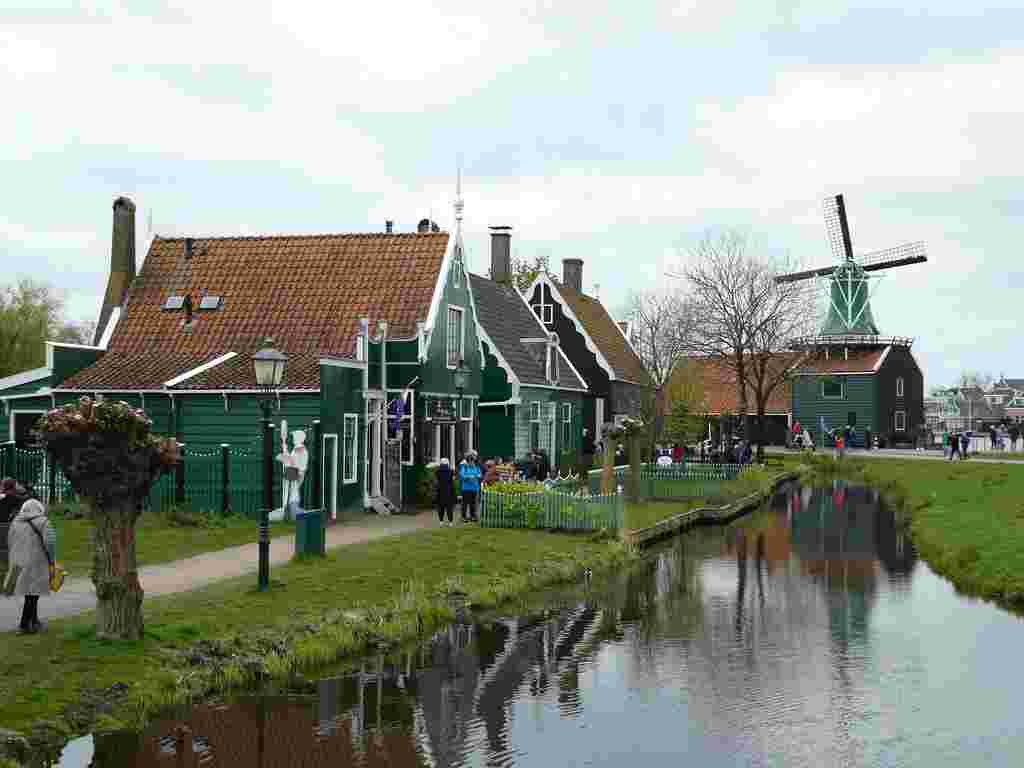
The site is free to visit, however most of the museums charge an individual entrance fee so it is cost effective to purchase one of the following cards. If you are also spending time in Amsterdam I suggest buying the IAmsterdam Card which offers excellent value. It is available from 1-5 days and covers most museums and attractions in Amsterdam and the surrounding area including unlimited journeys on the GVB transport network. Alternatively, you may prefer to purchase the Zaanse Schans Card (€23.50) which includes all museums, windmills and attractions in the conservation area itself.
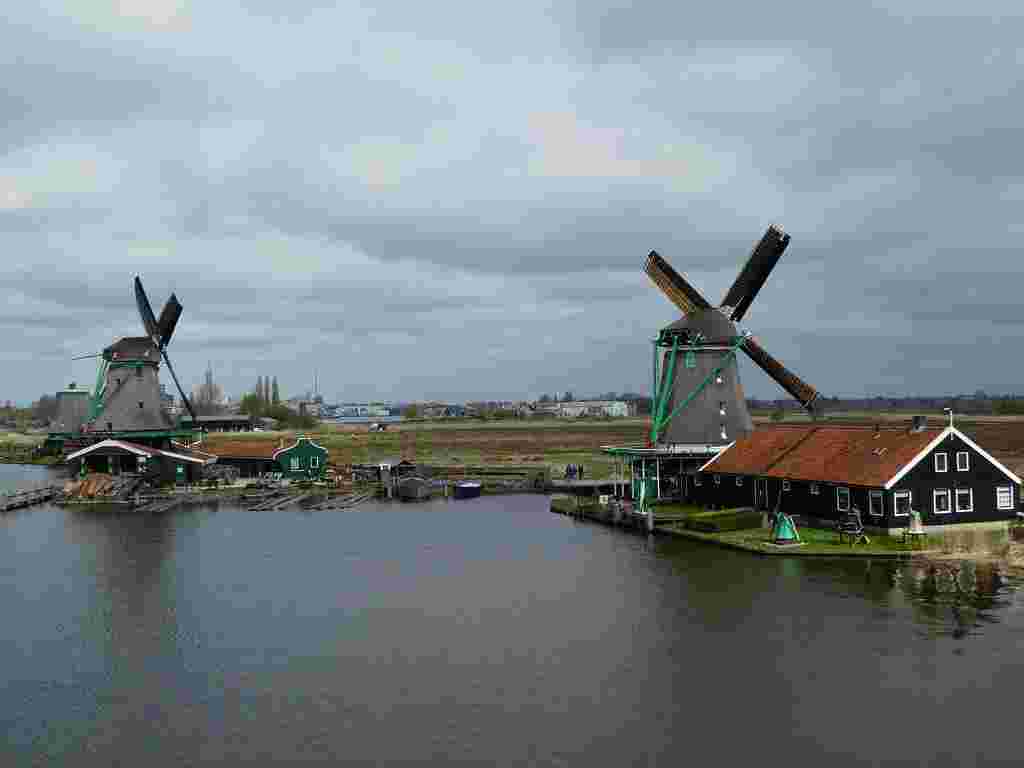
Zaanse Schans is famous for its wooden windmills and at its peak this former industrial area of Zaanstreek was once home to over 600 of them producing products such as ground spices, paper, flour, oil and paint. Original buildings from around the region have been transported and re-assembled here whilst other buildings were constructed in the typical style of the 18th and 19th centuries. The ‘village’ was painstakingly developed over a period of 15 years, beginning in 1961 and is one of the few places in Europe where you can still find groups of functioning traditional windmills. Many of these windmills are open to the public and operate just as they would have done centuries ago with the aid of wind power.
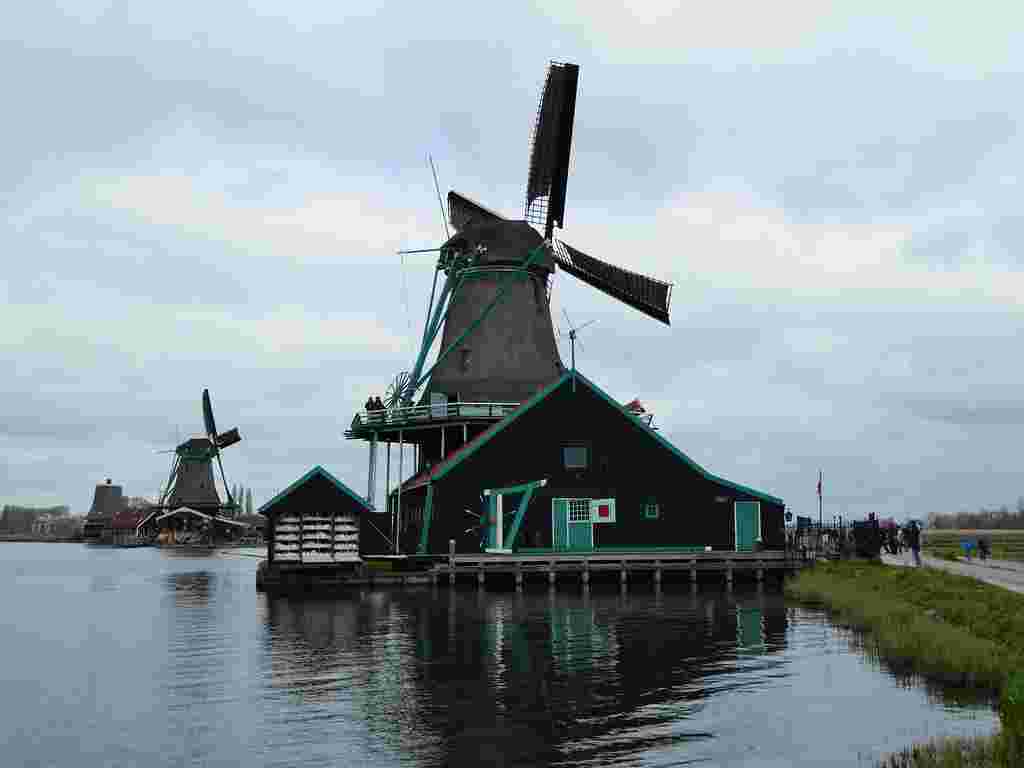
Here’s my guide to making the most of your time there. I would allow 2-3 hours for a visit:
Getting there: Take a Sprinter train from Amsterdam Central to Zaandijk Zaanse Schans station (direction Uitgeest). There are up to four services an hour, standard adult ticket €7 or (€6 if purchasing an on-line paperless ticket). The journey time 20 minutes and it is then a 10-15 minute walk to Zaanse Schans with the route signposted from the station. Just continue along the road, turning left towards the windmills and then right to cross the bridge and you will soon arrive at the entrance.
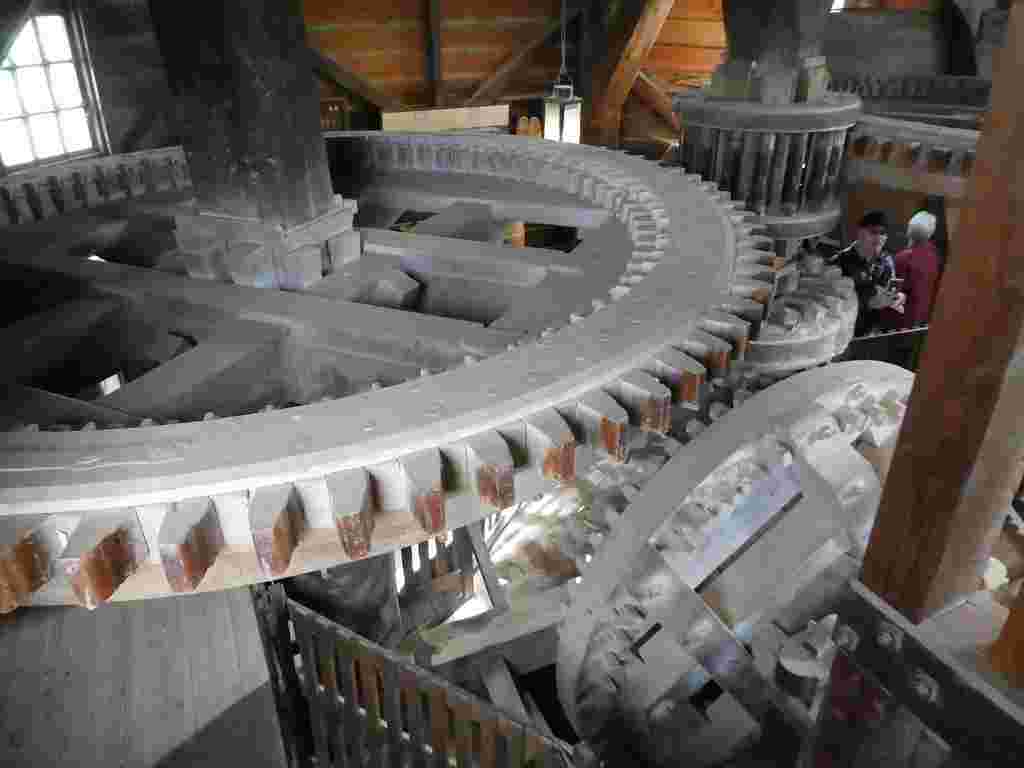
Windmills – there are 13 windmills with around half of them fully functioning. Visitors are able to go inside them and in certain ones, climb wooden ladders inside to observe the giant grinding wheels and gears. We loved being able to go out onto their upper level balconies and to watch the giant sails turn. Until you are up close, it’s difficult to comprehend how large they are.
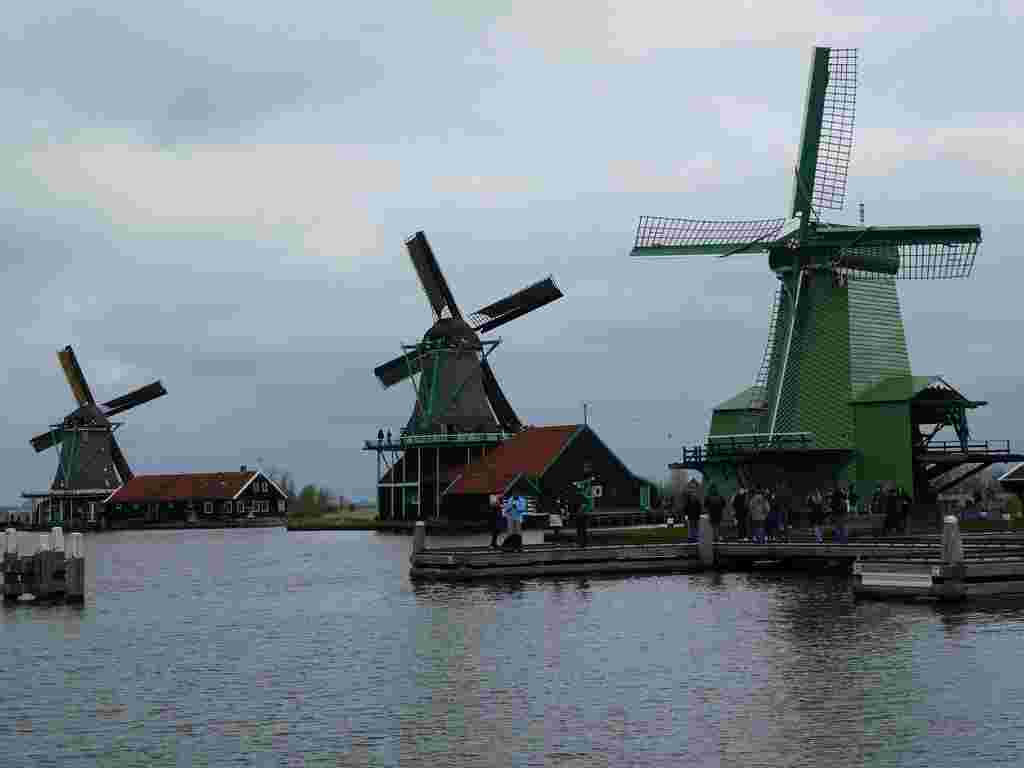
The Flour Mill – This was the village mill of Zaandijk and is the oldest wooden flour mill still existing in the Netherlands. Until the middle of the 19th century the mill ground the flour for local bakers who were obliged to have their wheat milled into flour for bread making but when the rules changed the mill fell into disrepair. In 1954 the mill underwent a full restoration and was saved. Visitors can watch the flour being ground and buy some to take home from the small shop attached.
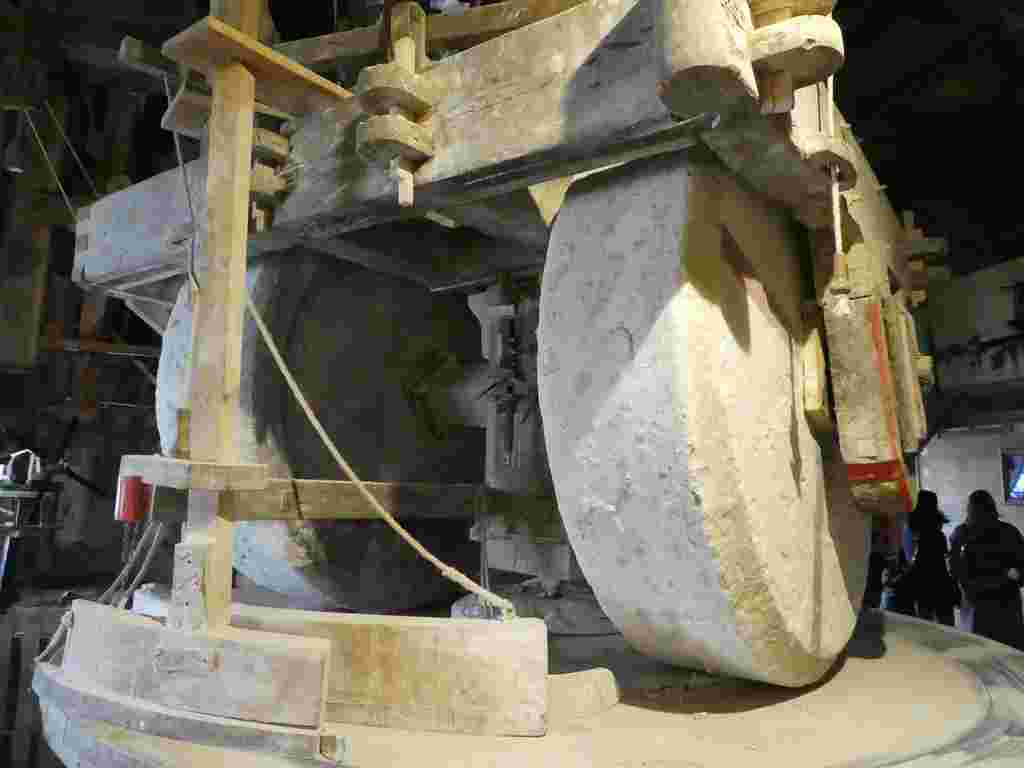
The Het Jonge Schaap Saw Mill – the original wind powered sawmill was built in 1680 and was demolished in 1942. In 2005 a project was undertaken to re-build it based on the original plans. The sawmill at Zaanse Schans is now once again a commercial business that saws bespoke sizes of wood. Visitors are welcome to look inside and it is fascinating to watch the reciprocating saws, cutting planks of wood powered by the wind.
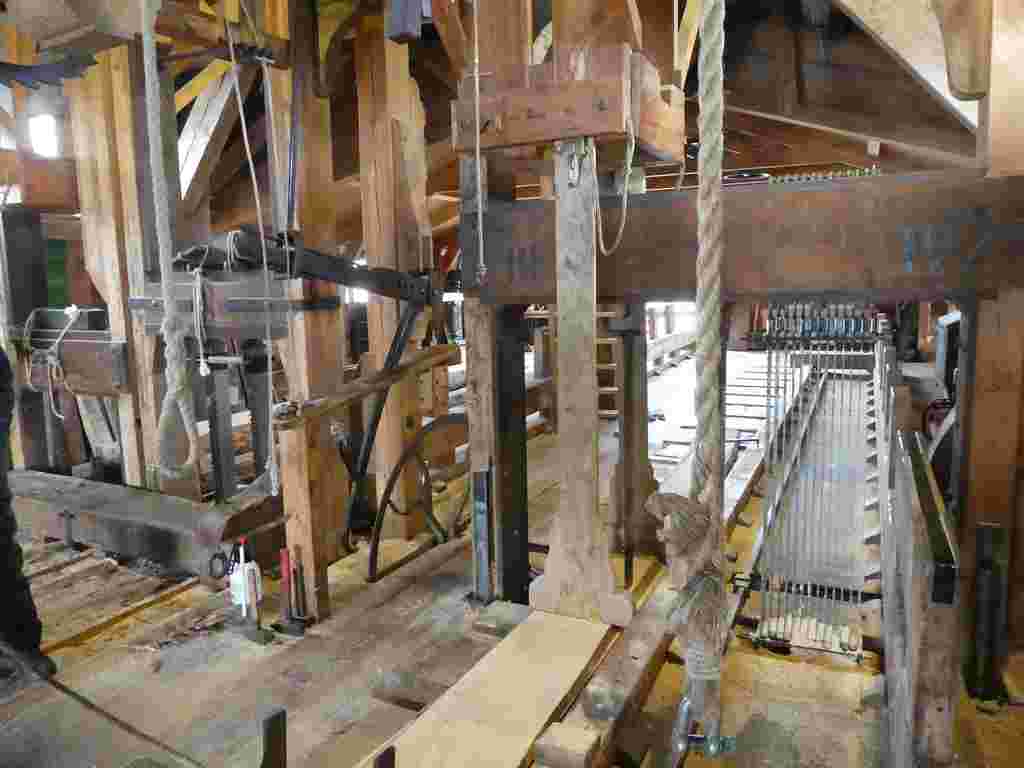
Zaanse Time Museum – showcases the history of Dutch clocks and watches and contains an impressive collection of timepieces over its two floors. The clocks are typical of the Zaan region with Dutch tower clocks from the 16th century and longcase clocks from the 19th and 20th centuries. The collection also includes a large collection of Dutch pocket watches.
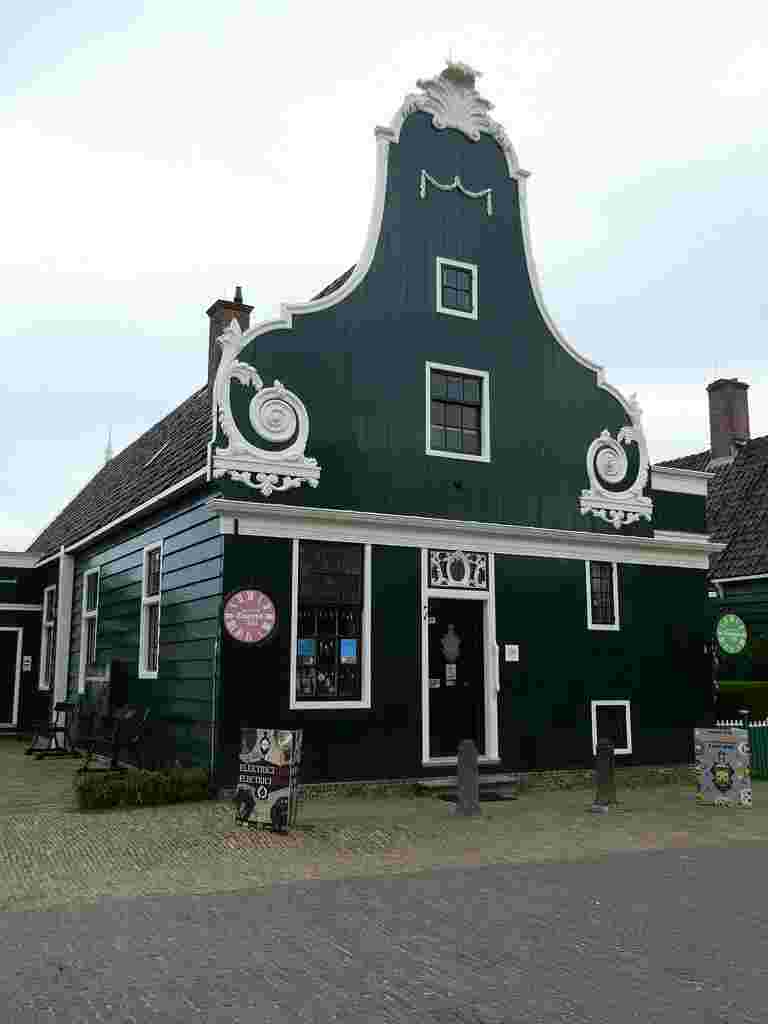
Albert Heijn Museum Shop – this is a reproduction of the first ever Albert Heijn food store from Oostzaan and dates back to the late 19th century. Today, Albert Heijn is the largest chain of supermarkets in the Netherlands. Entrance free and take away coffee only €1.
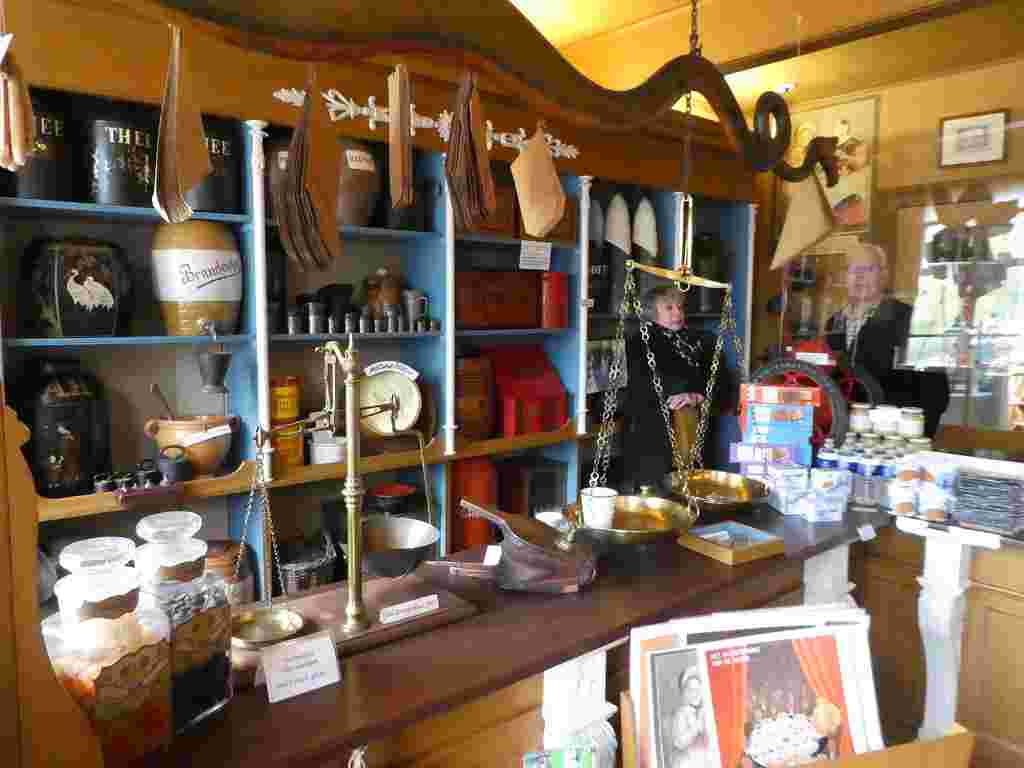
Zaans Museum gives visitors an historical overview of the people who lived and worked in the area and of how they have adapted to change over the years. It contains a varied collection of paintings, costumes and items found in a typical Dutch house. The museum also covers the industrial history of the area, from the rise and decline of the use of windmills to the different products produced and industries based in the Zaans region over time.
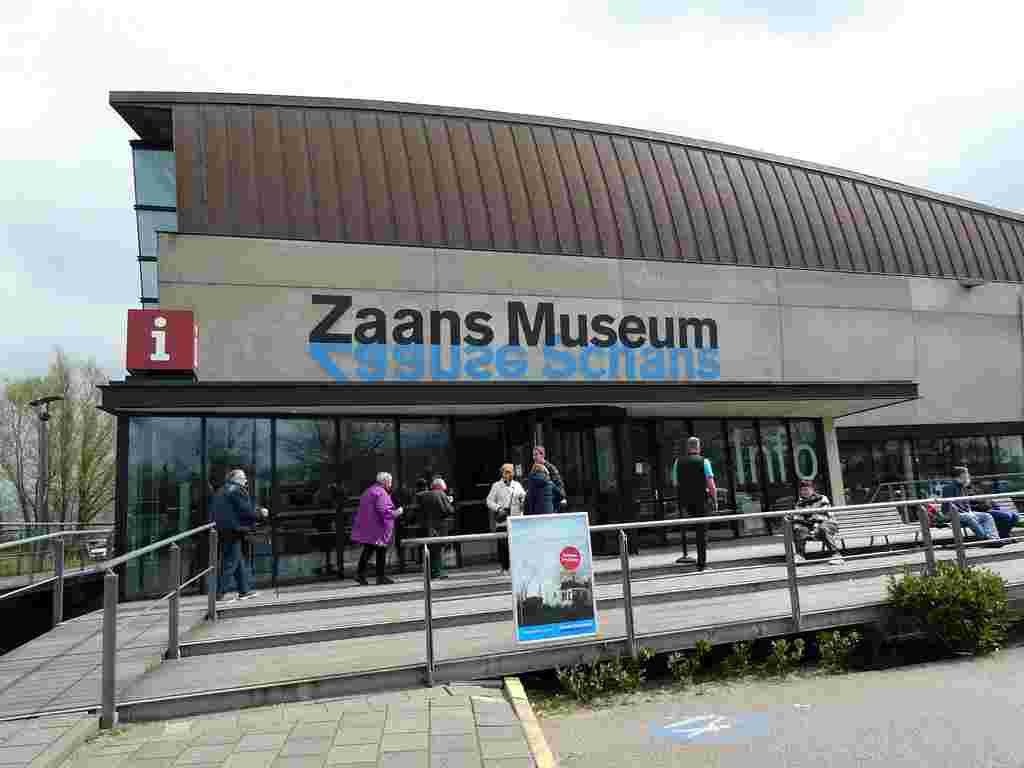
The museum is also home to the Verkade Experience which is a history of the Dutch chocolate and biscuit manufacturer. It’s extremely well laid out and a fascinating insight into the history of the company with its displays of old ovens, industrial baking equipment and related memorabilia.
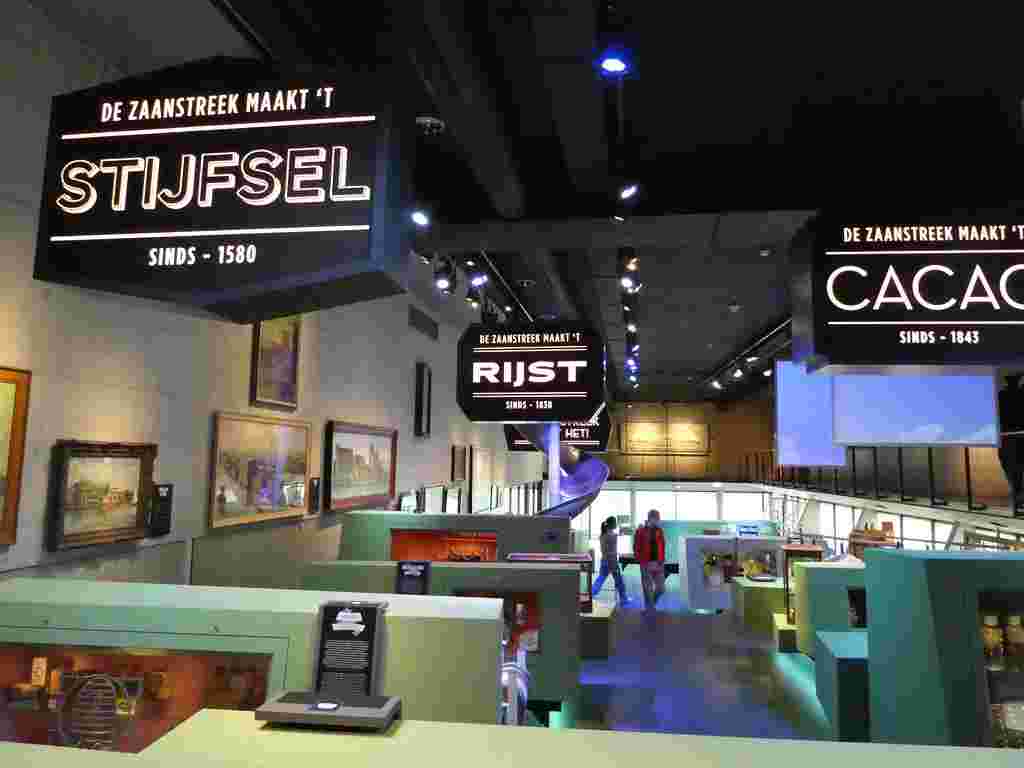
The Weaver’s House demonstrates how sails were traditionally made using looms. There is a small shop attached to it that sells woven cloth and related products.
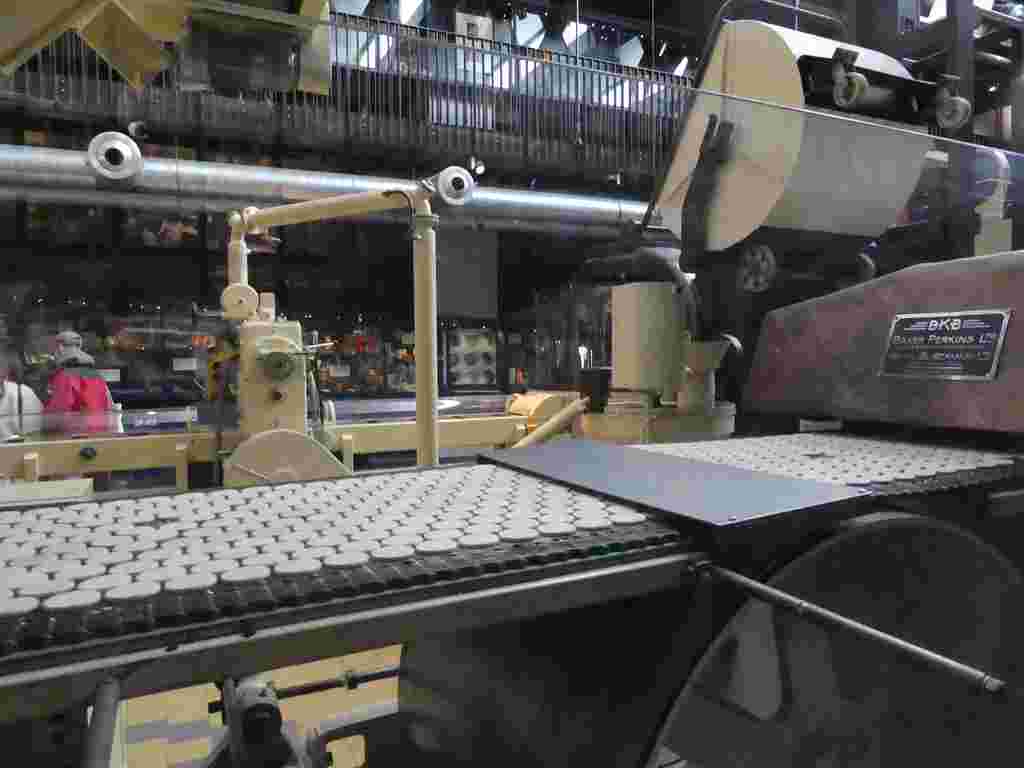
The Tiemstra Cooperage shows the craft of wooden barrel making which were essential for transporting beer and other goods.
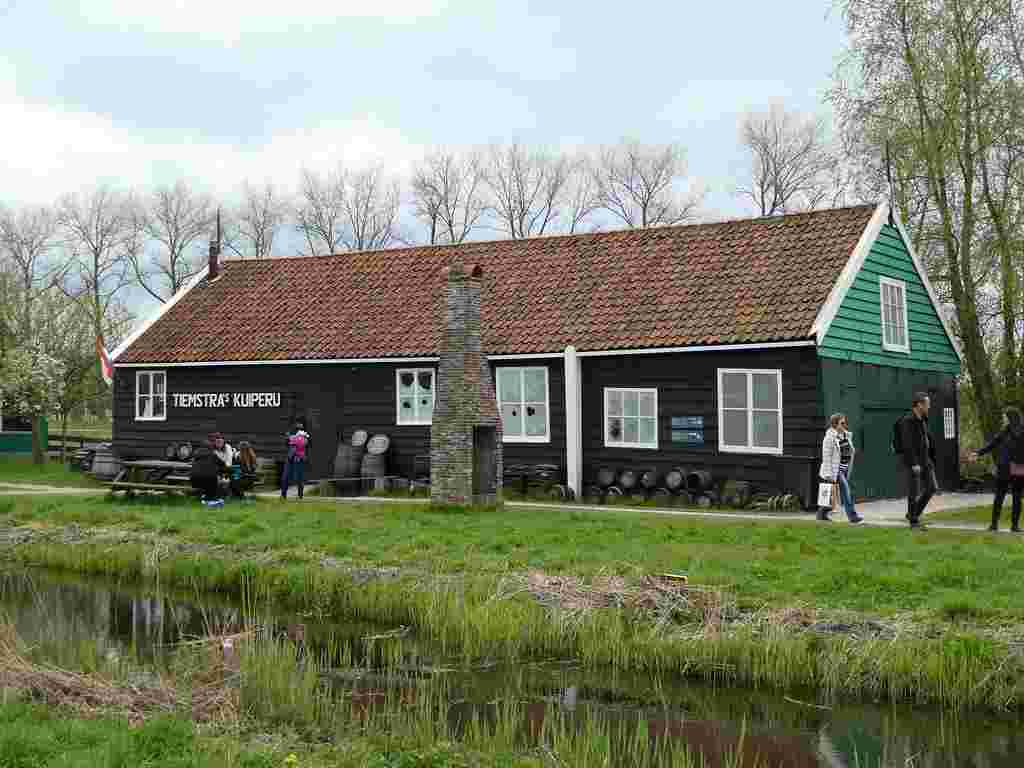
Catharine Hoeve Cheese Farm – is a replica of an old farm from Oostzaan. Cheese makers wear traditional Dutch costumes with pointed white bonnets and offer daily demonstrations. There are lots of Gouda and Edam cheese samples to taste with opportunities to buy as a souvenir of your visit.
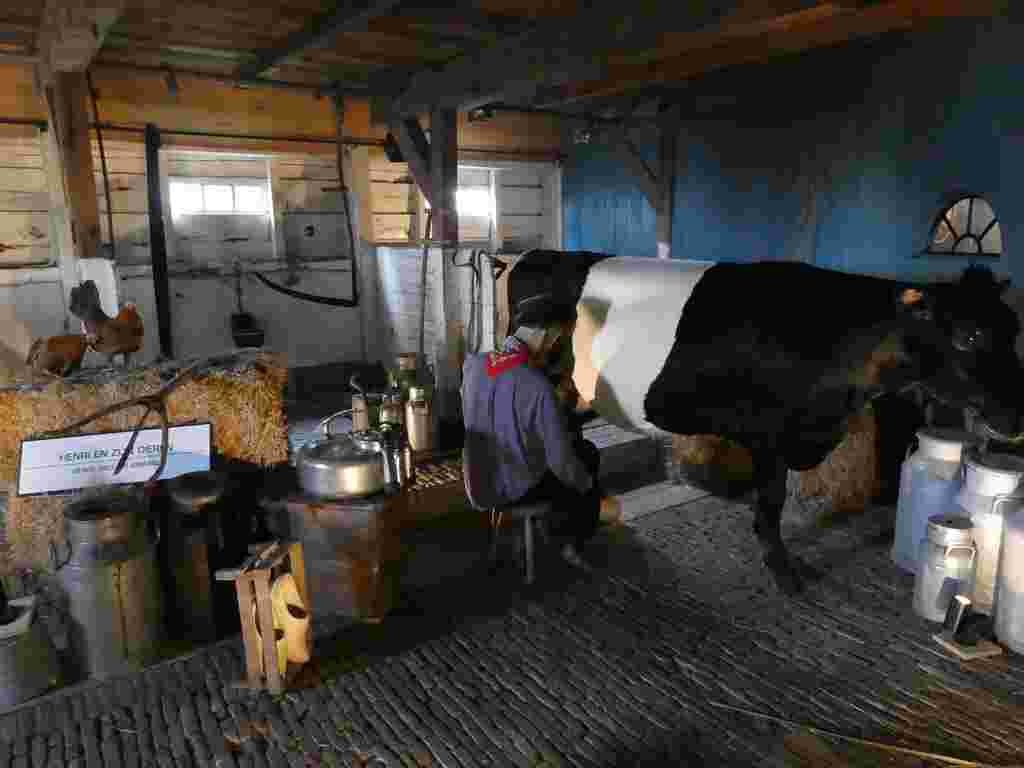
The Clog Workshop – contains a vast display of wooden clogs through the ages from historic clogs with iron fittings to basic designs worn by farm workers and elaborate clogs worn at Dutch wedding ceremonies or just kept for ‘Sunday best’. Watch a Dutch clog maker in action and be surprised how short a time it takes for a piece of wood to be transformed into a pair of clogs. The workshop contains a shop with a wide range of clogs on sale from traditional to contemporary designs.
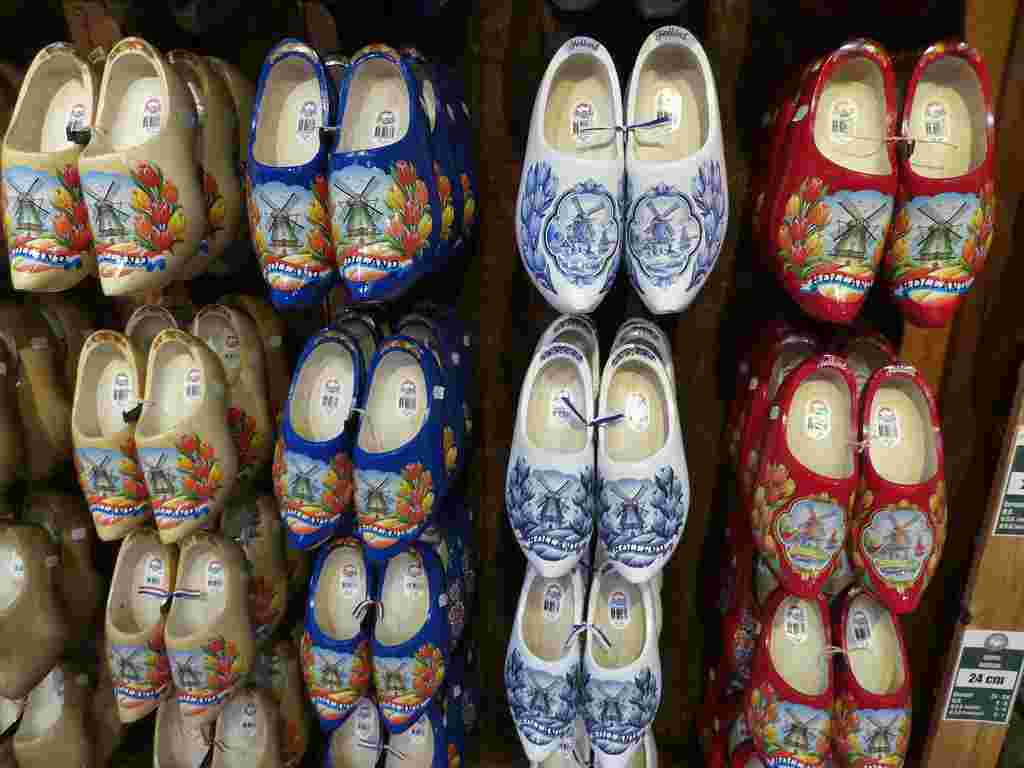
The Mill Museum – is newly opened and contains an interactive exhibit about aspects of mill life, local culture and trade.
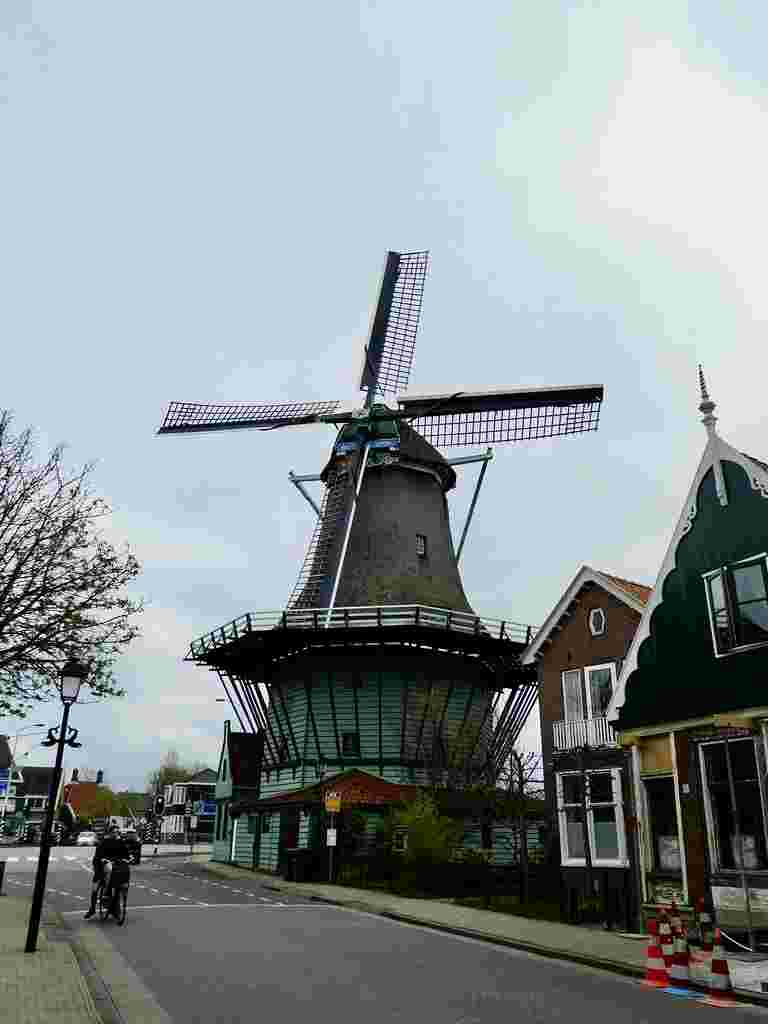
Visiting Zaanse Schans is a lovely way to spend half a day and though popular, the setting covers quite a large area so people soon spread out away from the entrance. There’s a cafe inside the foyer of the Zaans Museum with other kiosks and food stalls dotted around the site along with numerous picnic tables in scenic spots to have a little rest and a bite to eat.
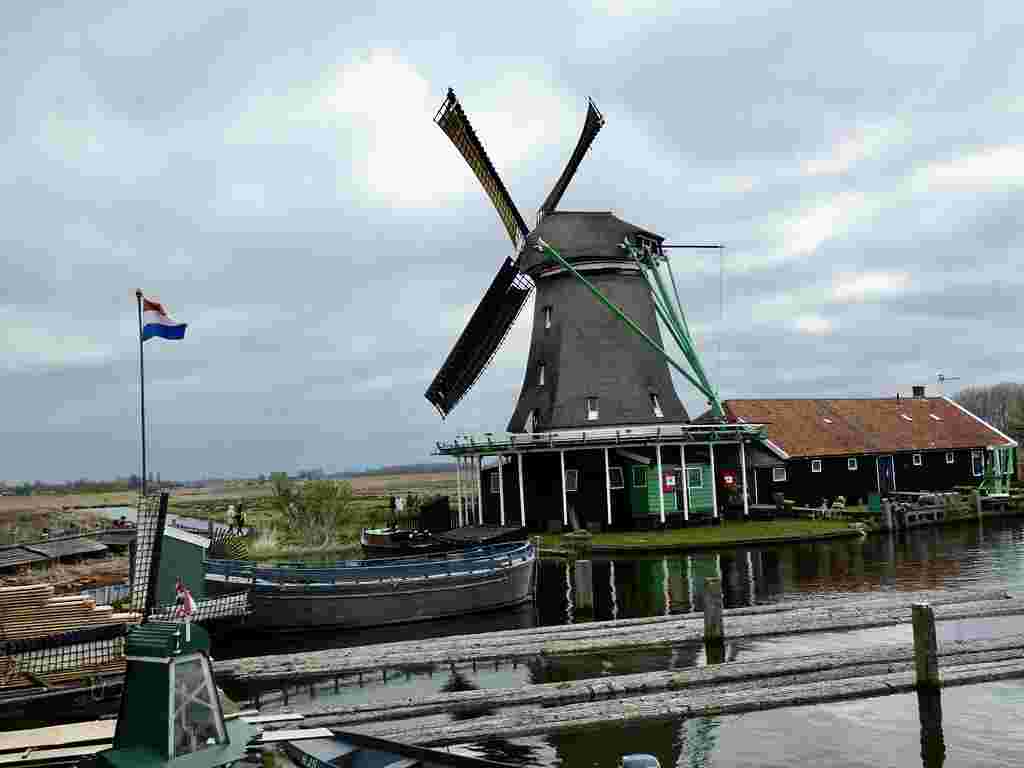
I hope this post has inspired you to add Zaanse Schans to your Amsterdam itinerary and to take the short train journey there as it’s so lovely and a great opportunity to learn about the industrial heritage of the Netherlands.
If you have enjoyed reading this post you may also like:
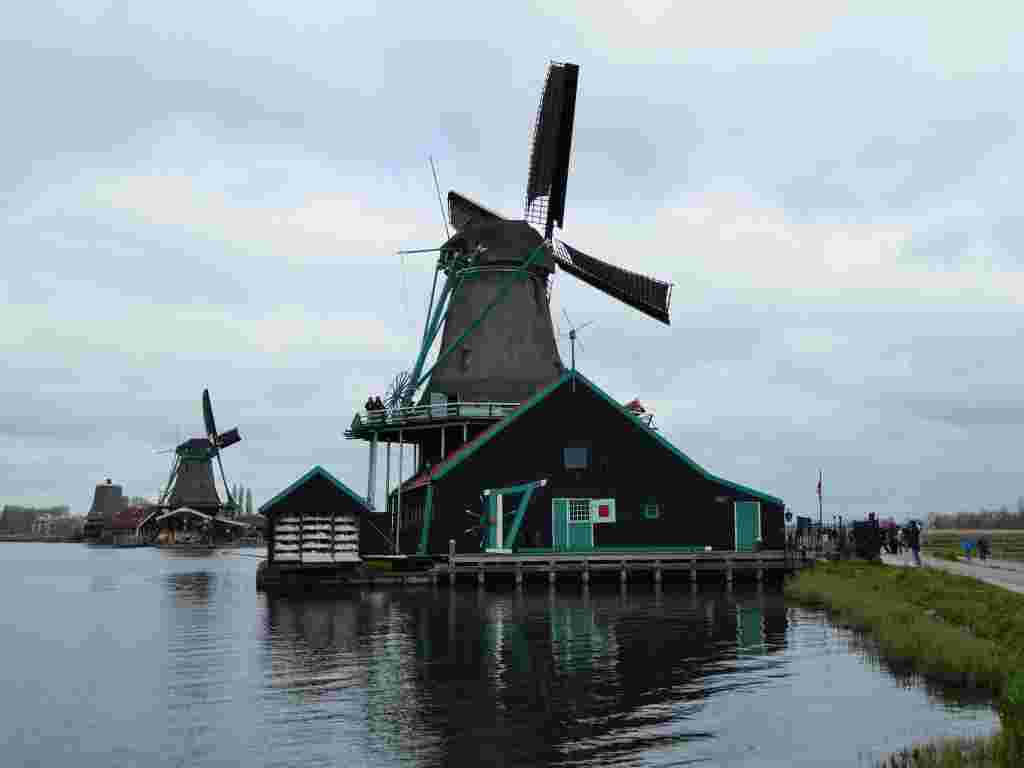

Leave a comment